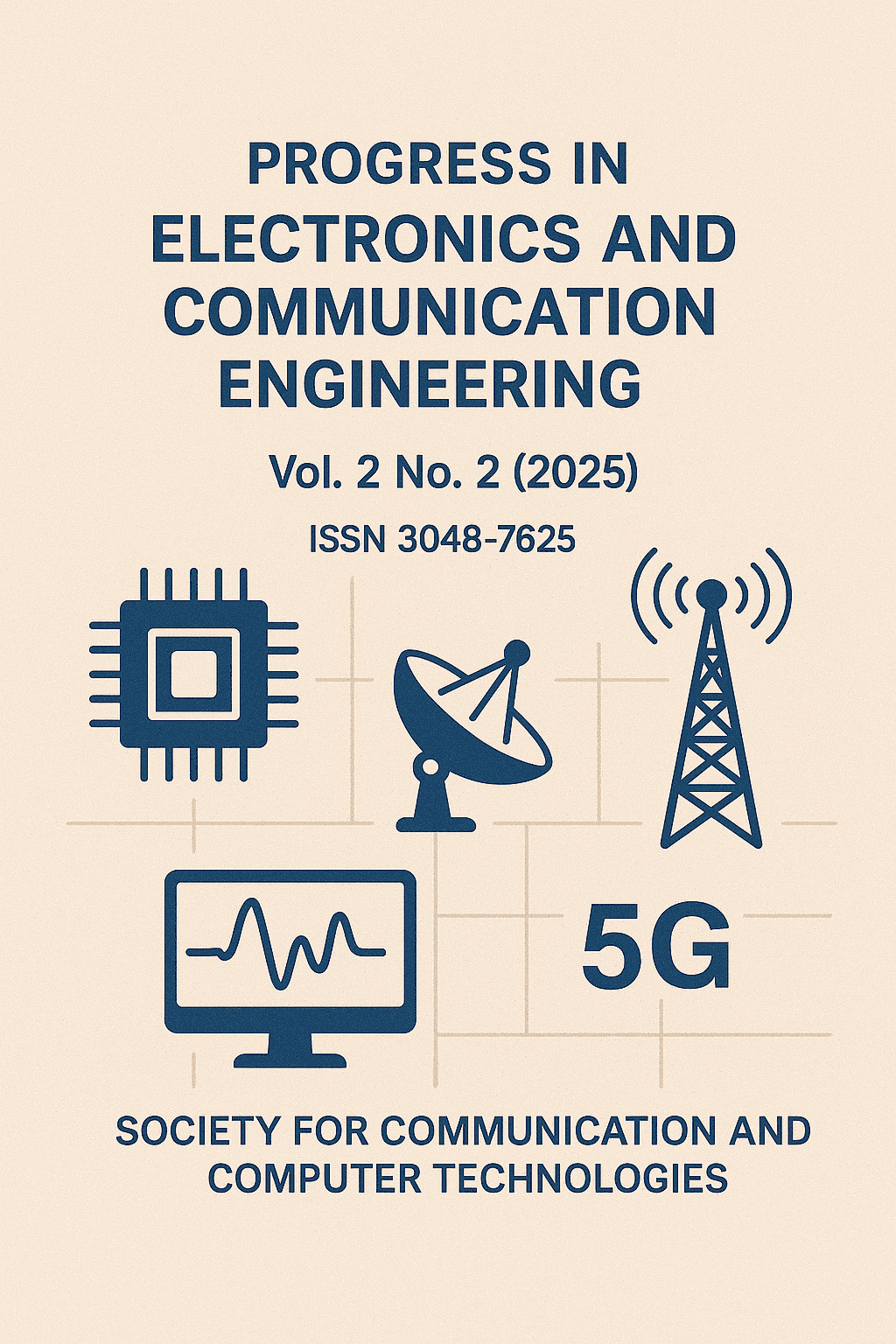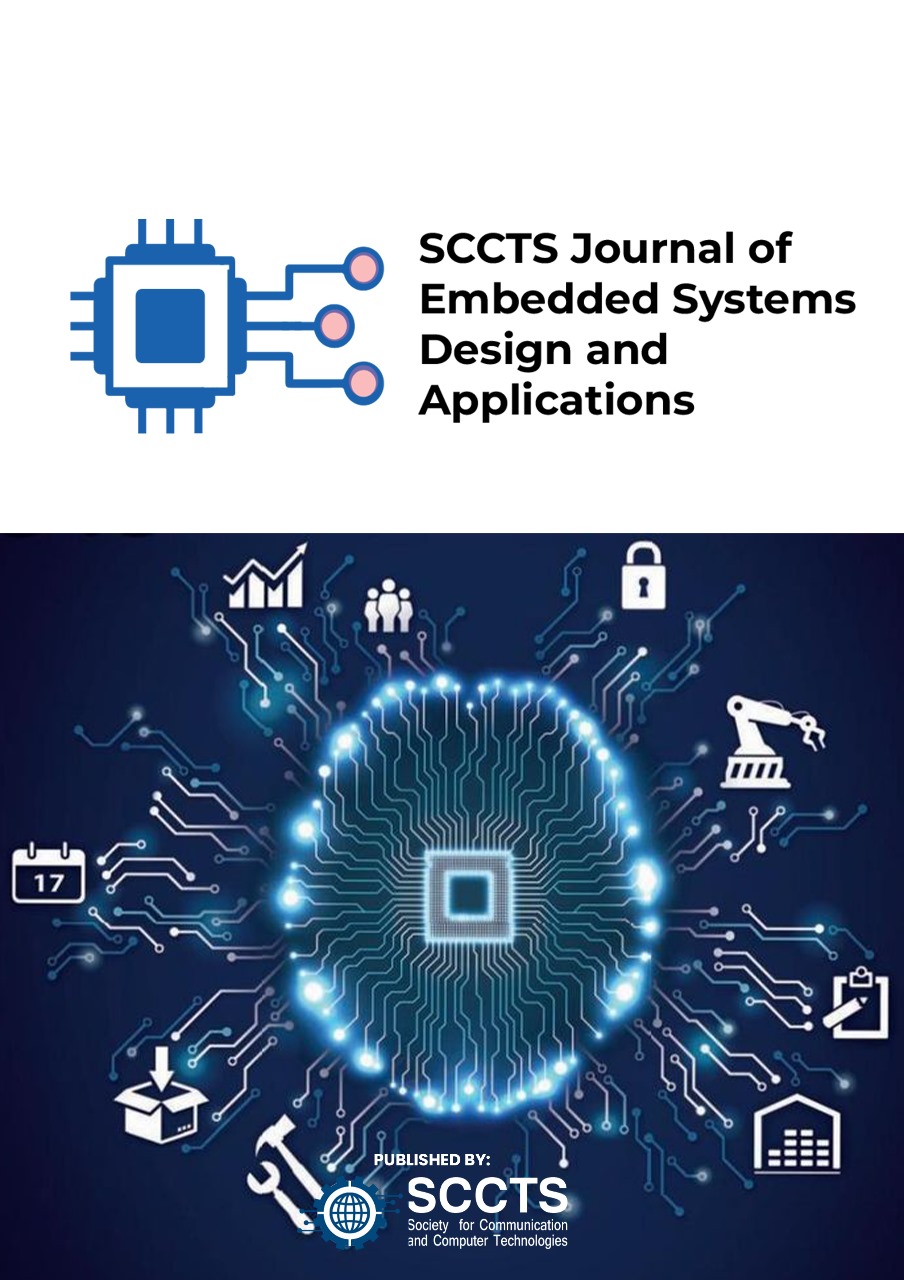Metamaterials for Revolutionizing Modern Applications and Metasurfaces
DOI:
https://doi.org/10.31838/ECE/02.02.03Keywords:
Metamaterials; Metasurfaces; Electromagnetic Wave Manipulation; Optical Devices; Flat Lenses; Beam Steering; Advanced TelecommunicationsAbstract
Metamaterials, artificial structures engineered to possess properties not found in naturally occurring materials, are revolutionizing modern applications across various fields. These materials, composed of periodic or aperiodic arrangements of unit cells, manipulate electromagnetic waves in unprecedented ways, enabling unique control over wave propagation, refraction, and absorption. Metamaterials have paved the way for transformative advancements in optics, telecommunications, and medical imaging.One of the most promising areas of metamaterial research is the development of metasurfaces—two-dimensional analogs of metamaterials that consist of ultra-thin layers of nanostructures. Metasurfaces offer significant advantages in terms of compactness and ease of integration into existing technologies. They are capable of manipulating light at sub-wavelength scales, leading to innovative applications such as flat lenses, holograms, and beam steering devices. In telecommunications, metasurfaces enable the development of high-efficiency antennas and filters, enhancing signal quality and reducing interference. In medical imaging, metamaterials improve the resolution and depth of imaging techniques, facilitating more accurate diagnostics. Additionally, metamaterials are being explored for cloaking devices, which can render objects invisible by guiding light around them.As research progresses, the potential for metamaterials and metasurfaces to revolutionize various industries continues to expand, promising a future where the manipulation of electromagnetic waves is limited only by our imagination.


















